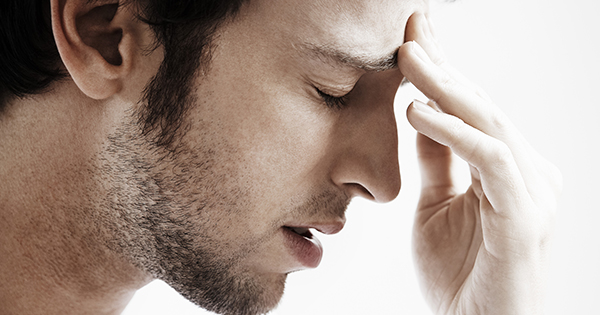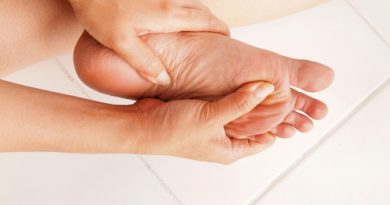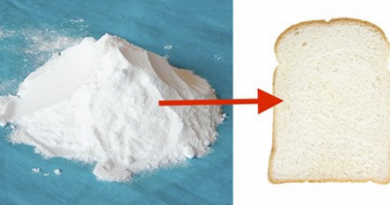This is How Headaches Reveal What is Wrong With Your Health
Headache is the most common form of pain. It’s one of the main reason people miss days at work or school or visit the doctor .
In fact, the National Headache Foundation estimates that 28 million Americans suffer from migraines alone .
Because headaches have so many different causes, from the cold to premenstrual syndrome, it can be difficult for sufferers to understand what kind of headache they are experiencing and how to manage their condition.
Types of Headaches
The most common headaches are caused by either vascular problems (high blood pressure, toxic overload, etc.), muscle contractions (tension, stress, etc) and inflammation (infection).
1. TMJ Headache
A TMJ (Temporomandibular Joint) headache is caused by problems with the jaw, jaw joint and lower facial muscles. This can be due to teeth grinding or clenching, tension in the jaw, dislocation of the jaw joint and arthritis. This pain doesn’t just occur in the jaw, it can also spread upwards towards the cheeks, temples and ears or downwards to the neck and shoulder
2. Sinus Headache
As its name implies, a sinus headache occurs when sinuses become inflamed or blocked. This can cause pain behind the cheeks, nose and eyes that gets worse when your bend forward or when you wake up. Common causes include allergic reaction, a tumor, or an infection. Depending on its underlying cause, symptoms can closely resemble those of a migraine
3. Cluster Headache
cluster headache is a sharp, very painful headache that occurs on and off several times a day for months followed by headache-free periods lasting up to 6 months. The pain arrives with little warning and typically affects only one side of the head, often accompanied by a bloodshot eye and runny nose. Commonly affected areas include above the eye and near the temples. These headaches typically last less than an hour and came about at the same time everyday.
4. Tension Headache
This type is typically caused by stress and anxiety. As muscles tighten in you shoulders, neck and jaw, the headache tends to cause pressure, pulling and contractions that affect your temples, face and scalp. It can also last between a few minutes to a few days. Triggers include lack of sleep, missed meals, stressful situations, high emotions and alcohol.
5. Neck Headache
Also called a cervicogenic headache, neck headaches don’t actually affect your head. However, even thought the pain occurs in your neck and shoulder blades, you may perceive it as originating in the back of your head or at the base of your skull. The best way to get relief is to fix the underlying cause, whether it’s a pinched nerve, muscle knots, muscles damage, abnormal bone growths, tumours, tissue swelling and joint problems. Relief can be found through massage, acupuncture, physiotherapy and chiropractic treatment.
https://dailyhealthpost.com/6-different-kinds-of-headache-and-how-to-treat-them/










